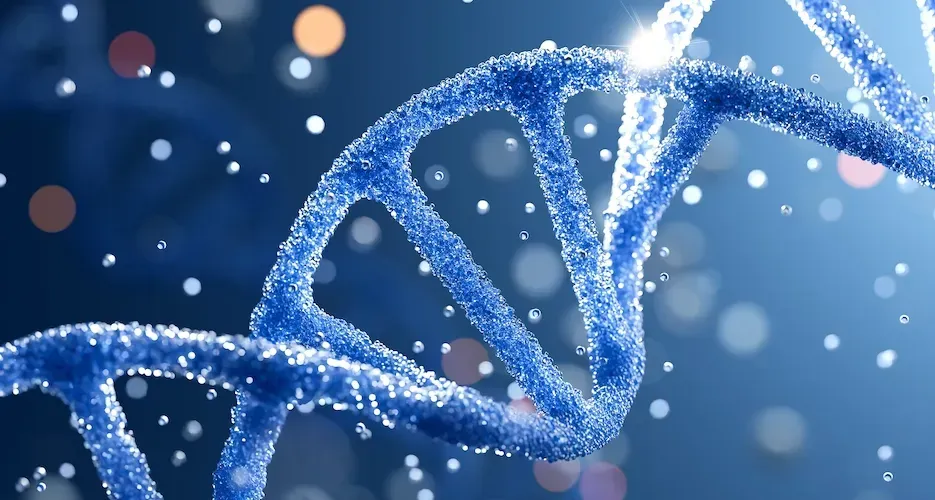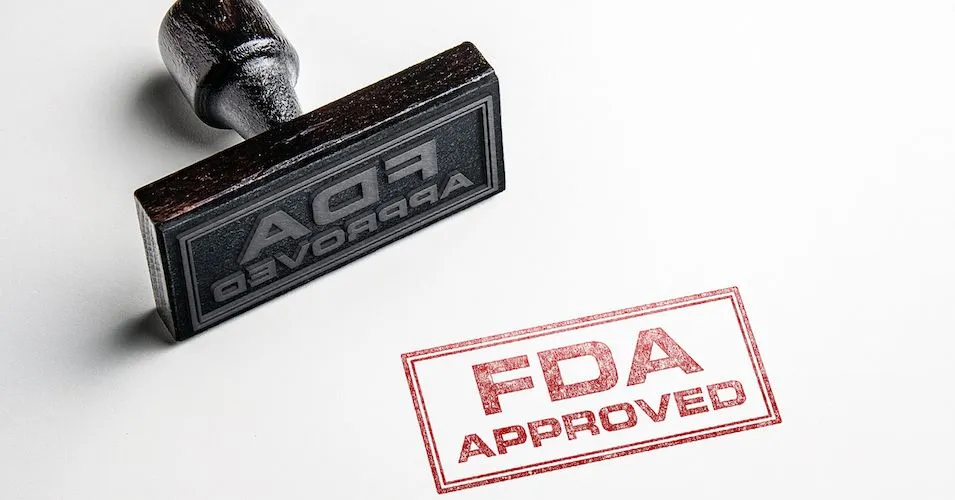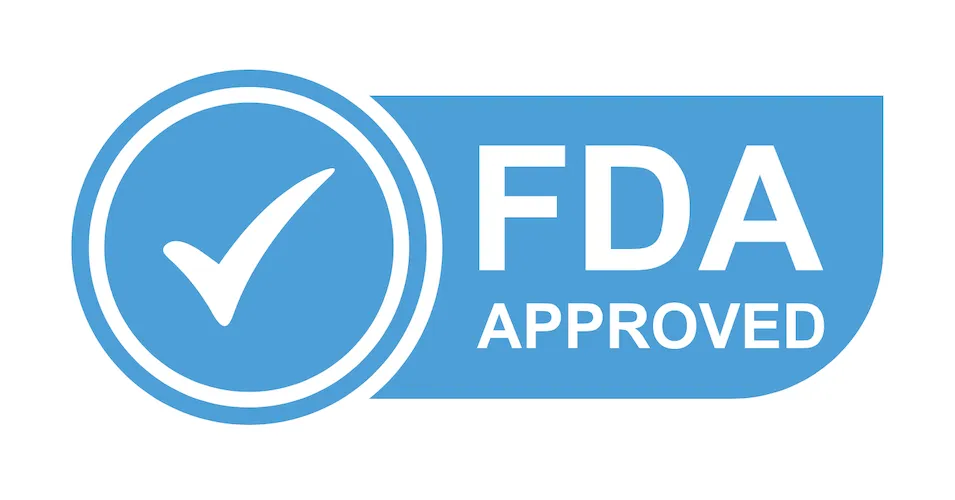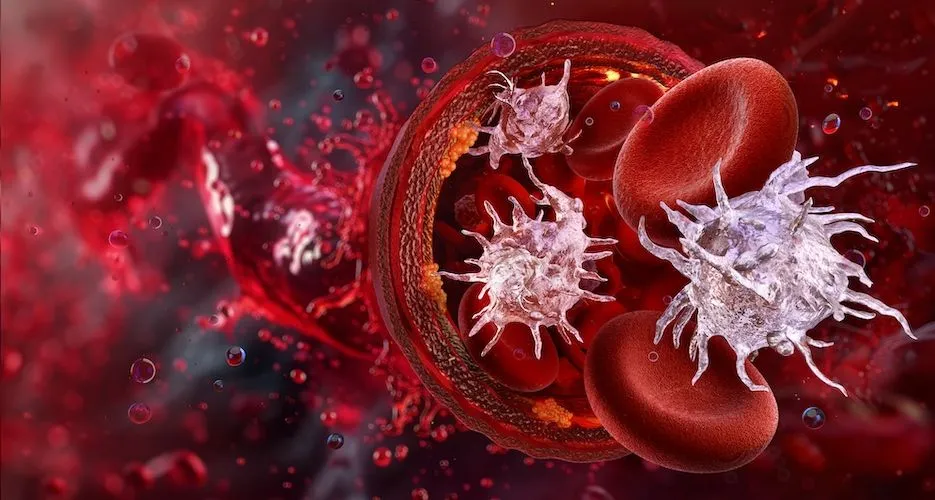Myeloma Treatments that Target the Microenvironment
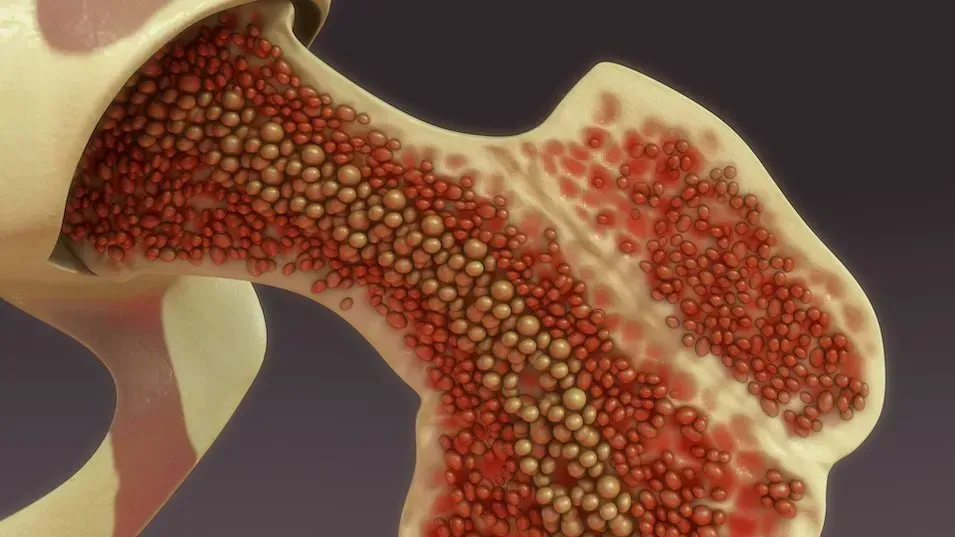
Learn about the microenvironment and how certain treatments target myeloma cells' interaction with the cells around them.
What is the Microenvironment?
The term microenvironment describes how your cells normally live and interact with other cells, molecules, tissues, and structures around them. Cancer cells can change the way your cells normally interact with their surroundings.
Research conducted by Dr. Ke Lu and colleagues from the Shandong Cancer Hospital and Institute in China studied these changes and compiled research on myeloma treatments that target the microenvironment.
Read a summary of their insights below!
Which Myeloma Treatments Target the Microenvironment?
You may be familiar with certain therapies that help support the immune system in improving its ability to target myeloma cells. These include treatments like bispecific antibodies and CAR T-cell therapy.
Other microenvironment treatments in clinical trials evaluate ways to break the cycle between myeloma cells’ manipulative interaction with certain cells in the body. This helps reduce myeloma cell growth. The following treatments were evaluated by researchers. Their insights showed:
|
Treatment Name |
Immune System Cell that the Treatment Targets |
Efficacy |
FDA Approved for Myeloma? |
|
Denosumab (Xgeva) compared to zoledronic acid |
Osteoclasts |
The treatment was completed in a phase 3 clinical trial. The results showed it was similar in effectiveness as zoledronic acid in preventing skeletal-related events in newly diagnosed myeloma patients. It helped delay the progression of myeloma for a longer period of time than zoledronic acid. |
Yes |
|
BHQ880 (an anti-DKK1 monoclonal antibody) combined with zoledronic acid |
Osteoblasts |
Phase 1b clinical trial showed the treatment combination was well tolerated but did not have efficacy data yet. |
No |
|
TLR-9 agonist |
Dendritic cells |
Preclinical data showed the treatment helped stop myeloma growth |
No |
|
Combination therapy of a pro-M1 cytokine and pro-M2 cytokine inhibitor |
Macrophages |
Preclinical results showed an anti-tumor response. |
No |
|
Clodronate-liposome |
Macrophages |
Preclinical results showed that decreasing macrophages that live in the bone marrow helped reduce myeloma cells. |
No |
|
Ulocuplumab, an anti-CXCR4 monoclonal antibody |
Disrupts interaction between myeloma cells and bone marrow cells |
For relapsed/refractory myeloma, the overall response rate was 55.2% with manageable side effects when used in combination with lenalidomide and dexamethasone. |
No |
|
Evofosfamide |
Improve drug activity in hypoxic conditions |
Clinical activity was noted in heavily pre-treated myeloma patients. The treatment was given alone or in combination with bortezomib. |
No |
Conclusion
In conclusion, Dr. Ke Lu and colleagues at the Shandong Cancer Hospital and Institute provided research insights into myeloma treatments that focus on altering the microenvironment. These treatments show how the interactions myeloma cells have with their surroundings may be disrupted and potentially slow their growth, providing new avenues for managing the cancer.
Track Your Myeloma Treatments in HealthTree Cure Hub Registry
Keep track of your myeloma treatments in one place with a free HealthTree Cure Hub Registry account. Also, gain the benefit of having a personalized clinical trial finder that can intelligently sort through studies specific to your profile’s criteria.
Sources:
Learn about the microenvironment and how certain treatments target myeloma cells' interaction with the cells around them.
What is the Microenvironment?
The term microenvironment describes how your cells normally live and interact with other cells, molecules, tissues, and structures around them. Cancer cells can change the way your cells normally interact with their surroundings.
Research conducted by Dr. Ke Lu and colleagues from the Shandong Cancer Hospital and Institute in China studied these changes and compiled research on myeloma treatments that target the microenvironment.
Read a summary of their insights below!
Which Myeloma Treatments Target the Microenvironment?
You may be familiar with certain therapies that help support the immune system in improving its ability to target myeloma cells. These include treatments like bispecific antibodies and CAR T-cell therapy.
Other microenvironment treatments in clinical trials evaluate ways to break the cycle between myeloma cells’ manipulative interaction with certain cells in the body. This helps reduce myeloma cell growth. The following treatments were evaluated by researchers. Their insights showed:
|
Treatment Name |
Immune System Cell that the Treatment Targets |
Efficacy |
FDA Approved for Myeloma? |
|
Denosumab (Xgeva) compared to zoledronic acid |
Osteoclasts |
The treatment was completed in a phase 3 clinical trial. The results showed it was similar in effectiveness as zoledronic acid in preventing skeletal-related events in newly diagnosed myeloma patients. It helped delay the progression of myeloma for a longer period of time than zoledronic acid. |
Yes |
|
BHQ880 (an anti-DKK1 monoclonal antibody) combined with zoledronic acid |
Osteoblasts |
Phase 1b clinical trial showed the treatment combination was well tolerated but did not have efficacy data yet. |
No |
|
TLR-9 agonist |
Dendritic cells |
Preclinical data showed the treatment helped stop myeloma growth |
No |
|
Combination therapy of a pro-M1 cytokine and pro-M2 cytokine inhibitor |
Macrophages |
Preclinical results showed an anti-tumor response. |
No |
|
Clodronate-liposome |
Macrophages |
Preclinical results showed that decreasing macrophages that live in the bone marrow helped reduce myeloma cells. |
No |
|
Ulocuplumab, an anti-CXCR4 monoclonal antibody |
Disrupts interaction between myeloma cells and bone marrow cells |
For relapsed/refractory myeloma, the overall response rate was 55.2% with manageable side effects when used in combination with lenalidomide and dexamethasone. |
No |
|
Evofosfamide |
Improve drug activity in hypoxic conditions |
Clinical activity was noted in heavily pre-treated myeloma patients. The treatment was given alone or in combination with bortezomib. |
No |
Conclusion
In conclusion, Dr. Ke Lu and colleagues at the Shandong Cancer Hospital and Institute provided research insights into myeloma treatments that focus on altering the microenvironment. These treatments show how the interactions myeloma cells have with their surroundings may be disrupted and potentially slow their growth, providing new avenues for managing the cancer.
Track Your Myeloma Treatments in HealthTree Cure Hub Registry
Keep track of your myeloma treatments in one place with a free HealthTree Cure Hub Registry account. Also, gain the benefit of having a personalized clinical trial finder that can intelligently sort through studies specific to your profile’s criteria.
Sources:

about the author
Megan Heaps
Megan joined HealthTree in 2022. She enjoys helping patients and their care partners understand the various aspects of the cancer. This understanding enables them to better advocate for themselves and improve their treatment outcomes.
More on Treatment Advances
Trending Articles
Get the latest thought leadership on your Blood Cancer delivered straight to your inbox
Subscribe to the weekly newsletter for news, stories, clinical trial updates, and helpful resources and events with cancer experts.
Thanks to our HealthTree Community for Blood Cancer Sponsors:



